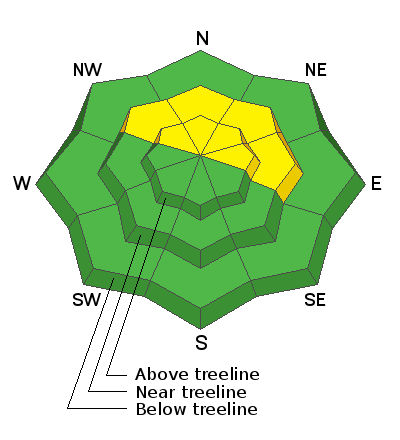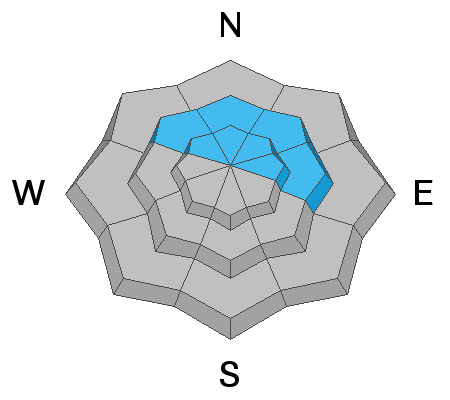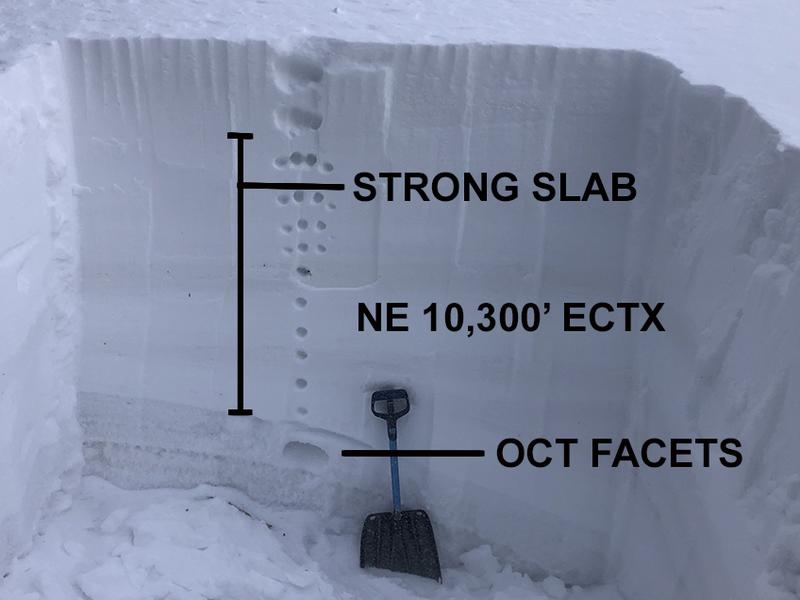Forecast for the Moab Area Mountains

Issued by Eric Trenbeath on
Saturday morning, January 15, 2022
Saturday morning, January 15, 2022
The avalanche danger remains MODERATE on steep slopes facing NW through E near and above treeline where it is still possible to trigger a large, deep, and very dangerous hard slab avalanche failing on a buried persistent weak layer. This is a low probability, high consequence scenario. Likely trigger points include thin, rocky areas, slopes with steep convexities, and areas of more extreme terrain. Most other terrain has generally LOW danger.

Low
Moderate
Considerable
High
Extreme
Learn how to read the forecast here








